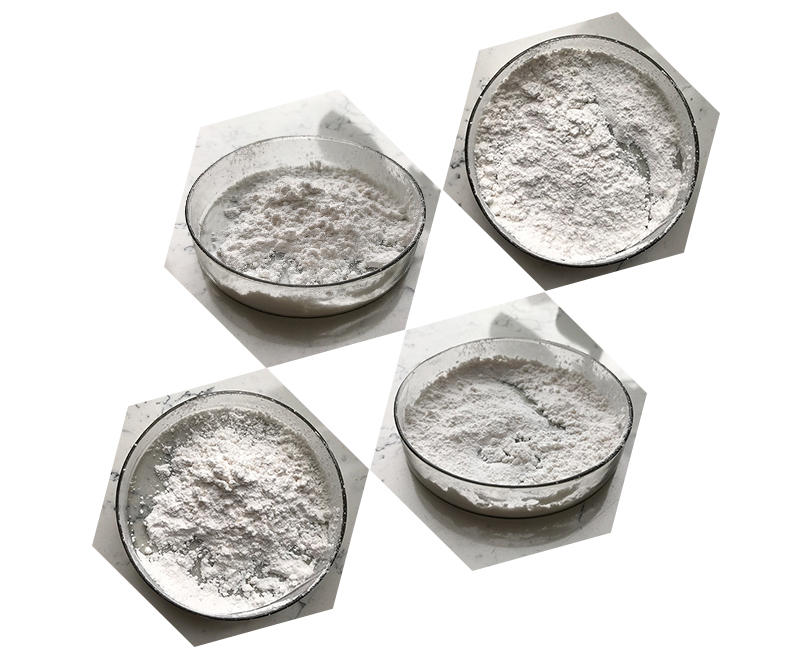Melatonin is a hormone and antioxidant that is naturally produced by the pineal gland in the brain. It plays a crucial role in regulating the sleep-wake cycle and has many potential therapeutic uses. When conducting research or experiments involving melatonin, it’s essential to use appropriate materials and methods. Here is an overview of the materials and methods typically associated with melatonin research:

Materials of Melatonin:
Melatonin: This is the primary substance you’ll be working with. Melatonin can be obtained in synthetic form or extracted from natural sources, such as the pineal glands of animals or certain plants.
Solvents: Depending on your experiments, you may need various solvents to dissolve and prepare melatonin solutions. Common solvents include water, ethanol, or dimethyl sulfoxide (DMSO).
Buffers: Buffers may be necessary to maintain the pH of your melatonin solutions within a specific range. Phosphate-buffered saline (PBS) is commonly used.
Laboratory equipment: You’ll need standard laboratory equipment such as pipettes, glassware, vials, and centrifuges for handling and analyzing melatonin.
Cell culture materials (if applicable): If your research involves cell culture studies, you’ll need cell culture media, cell lines, and appropriate tissue culture plates or dishes.
Animal models (if applicable): If you’re conducting animal experiments, you’ll need the necessary animals, cages, and facilities for housing and handling them. Ethical approval is required for animal research.
Reagents and chemicals: Depending on the specific experiments, you may need other reagents and chemicals, such as reagents for enzyme-linked immunosorbent assays (ELISAs), antibodies, or specific assay kits.
Analytical instruments: Spectrophotometers, high-performance liquid chromatography (HPLC) machines, and mass spectrometers are often used to quantify and analyze melatonin levels in samples.
Methods of Melatonin:
Melatonin extraction (if applicable): If you’re working with natural sources of melatonin, you may need to extract it from pineal glands or plants using appropriate extraction methods.
Preparation of melatonin solutions: Dissolve melatonin in the chosen solvent or buffer to create stock solutions with known concentrations.
Experimental design: Clearly define your research objectives and experimental design, including the doses and treatment durations of melatonin.
Cell culture (if applicable): If you’re using cell culture models, prepare and maintain the cells according to standard cell culture protocols.
Animal experiments (if applicable): Conduct experiments on animals, following ethical guidelines, and ensure proper handling, dosing, and data collection.
Analysis of melatonin levels: Use analytical instruments or assays to measure melatonin levels in samples. Techniques like ELISAs or HPLC are commonly used.
Data analysis: Analyze your data using appropriate statistical methods to draw meaningful conclusions.
Publication and reporting: Prepare your research findings for publication, following the standards of your field and journal requirements.

Always follow ethical guidelines and safety protocols when conducting research involving melatonin or any other substances. Additionally, consult with your institution’s ethical review board and adhere to relevant regulations and guidelines for the responsible conduct of research.
